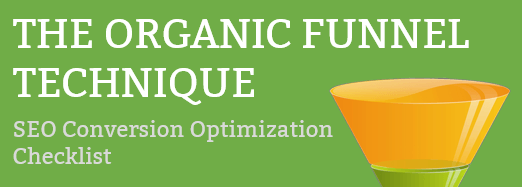A landing page is a standalone web page that is designed to convert visitors into customers or leads.
Landing pages are typically used in online marketing campaigns, such as pay-per-click (PPC) advertising or email marketing, to capture the visitor’s contact information or to persuade them to make a purchase.
A landing page typically includes the following elements
- A headline. A clear and compelling headline that communicates the main benefit of the product or service being offered.
- A form. A form for visitors to fill out, typically including fields for name, email address, and phone number.
- A call to action (CTA). A clear and prominent button or link that encourages visitors to take a specific action, such as filling out the form or making a purchase.
- Supporting elements. Additional elements, such as images, videos, testimonials, or product features, that support the main message of the landing page and help to persuade visitors to take the desired action.
It’s important to note that landing pages should be designed with a single goal in mind, and the content and design should be focused on that goal.
The page should be simple and uncluttered, with minimal navigation to other pages on the website, so that visitors are not distracted from the main goal of the page.
Landing pages are a crucial part of any online marketing campaign, as they are the first point of contact between the company and the customer and are a key factor in converting visitors into customers or leads.
Building Landing Pages That Convert
A landing page is any page on your website that you are intentionally trying to drive traffic toward. In B2B, this usually includes a form to capture visitor information so they can nurture them into a sale. In B2C and e-commerce, it’s usually some type of sale or add-on to drive more on-site sales. For non-profits, this is usually some type of awareness-building campaign or donation campaign.
Landing page optimization is focused on the practice of constantly modifying the web page to drive as many quality conversions as possible. (Read our review of some Landing Pages and how to make them better).
Ultimately this means how well the page meets the expectations and needs of the visitor, but there are other areas that have a significant impact on whether the visitor will give their information or not.
Every page that has a high entrance rate could be considered a landing page, not just the ones you use in campaigns. But ccampaign-specific landing pages have important components that will help them drive more customers.
Landing page conversion factors include:
- Campaign Goals. The purpose of the campaign is critical. It impacts everything about the landing page from what the messaging is to how you convert the visitor.
- Source of traffic. Where a person was before the visited a landing page can impact conversions. If they came from PPC, conversion rates may not be as high if they came from an email campaign or from organic search results.
- Design. The design is a critical element. There are lots of different ways to create landing pages for a campaign. They may be a single page, a web app or a video. The best design is discovered through regularly testing it.
- Content. Whatever campaign you are running to drive visitors to your site, if the text in the ad or email doesn’t match with the first page they visit, you are losing customers and wasting money. Deliver what your campaign promises and make sure the text on the landing page matches that ad.
- Form Fields. In most cases, you want to collect the smallest amount of required information you can. Every field you add to a form will slow down the visitor and make them less likely to fill out the form. There are exceptions to this rule, but in most cases, keep it to a minimum.
- Readability. The content of your landing pages should be easy to read and easy to skim. Most people are going to scan the headline and a little bit of text to quickly see if its something they want. This will happen within seconds, so make sure your audience can read it.
- Thank you responses. Make sure your thank you pages are more than just a confirmation message. Follow up with an email and make sure your landing pages include social icons and if possible, additional blog posts or resources that are related.
- Follow on nurturing. After the conversion, make sure you have follow-up emails to help them move them further along the sales funnel. These are people interested in what you have to offer and are more likely to continue converting.
Articles on Landing Page Optimization





